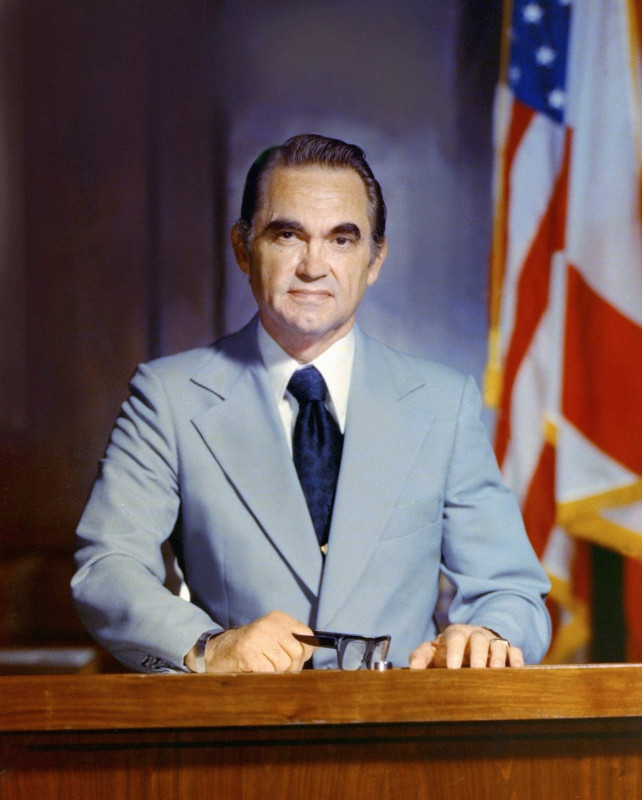How George Wallace built a successful career. Explore key moments that defined the journey.
George Wallace was a prominent American politician, best known as the four-term governor of Alabama. Initially a staunch segregationist, he gained national notoriety for his defiant stance against the Civil Rights Movement, symbolized by his 1963 inaugural address vowing "segregation forever." He unsuccessfully ran for US President multiple times, including a significant third-party bid in 1968. Later in his career, Wallace publicly renounced his segregationist views. Despite his controversial legacy regarding race, Wallace also focused on economic development initiatives during his time as governor.
1945: Appointment as Assistant Attorney General
Late in 1945, George Wallace was appointed as one of the assistant attorneys general of Alabama.
1948: Delegate to Democratic National Convention
In 1948, George Wallace was a delegate to the Democratic National Convention and did not join the Dixiecrat walkout, despite his opposition to U.S. President Harry S. Truman's proposed civil rights program, considering it an infringement on states' rights.
1948: Avoiding race-related discussions
In 1948, unlike Strom Thurmond, George Wallace generally avoided race-related discussions, focusing instead on criticizing hippies and "pointy-headed intellectuals." He denied being racist.
1952: Became Circuit Judge
In 1952, George Wallace became the Circuit Judge of the Third Judicial Circuit in Alabama, where he gained a reputation for fairness regardless of the race of the plaintiff. He was also known as "the fighting little judge", a nod to his past boxing association.
1958: First Gubernatorial Nomination Attempt
In 1958, George Wallace first sought the Democratic nomination in the Alabama gubernatorial election. Initially a moderate on racial issues, he lost the nomination. This loss led him to adopt a hard-line segregationist stance.
1958: Granted Probation to Black People
In 1958, as judge, George Wallace granted probation to some Black people, which may have negatively impacted his chances in the 1958 gubernatorial election. This highlights a complex aspect of his early career.
1962: Won Democratic Nomination for Governor
In 1962, George Wallace finished first in the Democratic primary and then won the runoff, securing the nomination for governor. As no Republican filed to run, this virtually assured his victory.
January 14, 1963: Inauguration as Governor
On January 14, 1963, George Wallace took the oath of office as governor of Alabama. This occurred on the gold star marking the spot where Jefferson Davis was sworn in as provisional president of the Confederate States of America.
1963: Wallace becomes Governor of Alabama
In 1963, George Wallace began his first term as the governor of Alabama, during which he famously declared "segregation now, segregation tomorrow, and segregation forever." This marked the beginning of his staunch opposition to desegregation during the Civil Rights Movement. The period was between 1963 and 1967.
1963: Announcement of Presidential Candidacy
In November 1963, George Wallace announced his intention to oppose John F. Kennedy for the 1964 Democratic presidential nomination in Dallas.
1963: Inaugural Speech as Governor
In his 1963 inaugural speech as governor, Wallace excused his failure to walk out of the 1948 Democratic Convention on political grounds.
1964: Presidential Primary Challenge
In 1964, George Wallace challenged sitting president Lyndon B. Johnson in the Democratic presidential primaries, but Johnson prevailed in the race.
1964: Wallace's Presidential Aspirations
In 1964, George Wallace sacrificed his own presidential aspirations to allow a direct Republican challenge to President Johnson.
1964: Entry into Democratic Primaries
In 1964, leveraging the controversy from the University of Alabama incident, Wallace entered the Democratic primaries, campaigning against integration and advocating a strict approach to crime.
November 8, 1966: Lurleen Wallace Defeats Martin
On November 8, 1966, Lurleen Wallace defeated Martin in the general election, becoming governor of Alabama.
1966: Legislation to Nullify Desegregation Guidelines
During the 1966 campaign, George Wallace signed state legislation to nullify desegregation guidelines, claiming it would prevent federal intervention in schools.
1966: Defending Proxy Candidacy
In 1966, George Wallace defended his wife's proxy candidacy, noting her ability to "charm crowds."
1966: Lurleen Wallace's Candidacy
In 1966, due to term limits, Wallace's wife, Lurleen Wallace, ran as a surrogate candidate for governor and won in the Democratic primary.
January 1967: Lurleen Wallace Inaugurated
In January 1967, Lurleen Wallace was inaugurated as governor of Alabama.
March 1967: Strategy Session for 1968 Presidential Campaign
On the evening of Lurleen Wallace's March 1967 inauguration, a strategy session was held for George Wallace's 1968 presidential campaign with prominent white supremacists and anti-Semites.
1967: End of First Term as Governor
In 1967, George Wallace left office when his first term as governor of Alabama expired due to term limits. His wife, Lurleen, succeeded him in the next election. This was effectively circumventing the rule as he was de facto governor during her time in office.
1968: Curtis LeMay as Running Mate
Curtis LeMay, the commander of the Twentieth Air Force during Wallace's service in 1945, was his running mate in the 1968 presidential race.
1968: Third-Party Presidential Campaign
In 1968, George Wallace ran a third-party campaign in an attempt to force a contingent election in the United States House of Representatives, thereby enhancing the political clout of segregationist Southern leaders. Wallace won five Southern states but failed to force a contingent election.
1968: Wallace campaign permeated by extremist groups
In 1968, George Wallace's campaign was significantly influenced by extremist groups such as White Citizens' Councils. Although Wallace never openly sought their support, he also never refused it. The Liberty Lobby, a pro-Nazi and white supremacist organization, even distributed a pro-Wallace pamphlet called "Stand up for America".
1968: Included Senator George McGovern
In 1968, Senator George McGovern and former U.S. vice president Hubert Humphrey ran as Democratic opponents.
1968: Wallace's Rhetoric
In 1968, Wallace made controversial statements, including a pledge about anarchists and an assertion about hippies.
1968: Presidential Campaign as American Independent Party Candidate
In 1968, Wallace ran for president as the American Independent Party candidate, aiming to influence the House of Representatives and end federal desegregation efforts. His platform included Social Security and Medicare increases.
1968: Presidential Run with the American Independent Party
In 1968, Wallace ran for the United States presidency with the American Independent Party, carrying five states. This third-party bid highlighted his segregationist views on a national level. He had previously unsuccessfully sought the United States presidency as a Democrat three times.
1968: Curtis LeMay as Vice President
In 1968, after retracting the invitation to Happy Chandler, Wallace chose Curtis LeMay, a former Air Force General, as his running mate.
1968: Consideration of Happy Chandler as Running Mate
In his 1968 campaign, Wallace considered Happy Chandler, a former baseball commissioner and governor/senator of Kentucky, as his running mate to bring in "decent people" but faced objections due to Chandler's support for Jackie Robinson.
1969: Nixon institutes affirmative action program
In 1969, Nixon instituted the first affirmative action program, the Philadelphia Plan. Wallace also expressed continued opposition to desegregation busing.
1970: George Wallace's Next Bid for Election
Following his wife Lurleen's death, George Wallace's influence in state government subsided until his next bid for election in his own right in 1970.
1970: Wallace seeks Democratic nomination against Albert Brewer
In 1970, George Wallace ran for the Democratic nomination against incumbent governor Albert Brewer. Brewer sought African American voter support and unveiled a progressive platform. Brewer criticized Wallace's out-of-state trips.
1970: Re-election as Governor
In 1970, George Wallace won election to the governorship again.
1971: Attacking Concentrated Wealth
In 1971, Jack Newfield observed that George Wallace's speeches echoed William Jennings Bryan as he attacked concentrated wealth.
January 13, 1972: Wallace declares candidacy
On January 13, 1972, George Wallace declared himself a Democratic candidate for president, joining a field that included George McGovern, Hubert Humphrey, and nine other opponents.
1972: Wallace campaigns for president
In 1972, George Wallace campaigned for the United States presidential election after promising not to run a third time. He ran "one of the nastiest campaigns in state history", using racist rhetoric.
1972: Presidential Primary Campaign Ended by Shooting
In 1972, George Wallace ran in the Democratic presidential primaries, his campaign effectively ended when he was shot in Maryland by Arthur Bremer, which left Wallace paralyzed below the waist for the remainder of his life.
1974: Wallace wins primary and general election
In 1974, George Wallace easily won the primary and general election, defeating Republican State Senator Elvin McCary.
November 1975: Wallace announces fourth bid for presidency
In November 1975, George Wallace announced his fourth bid for the presidency, participating in the Democratic presidential primaries. His campaign was affected by voter concerns about his health and media portrayal.
June 1976: Wallace leaves presidential race
In June 1976, after losing several Southern primaries to Jimmy Carter, George Wallace left the presidential race and endorsed Carter.
1976: Unsuccessful Presidential Nomination Attempt
In 1976, George Wallace unsuccessfully sought the Democratic presidential nomination.
1979: Wallace Leaves Office
In 1979, George Wallace left office after serving as governor.
1982: Wallace presents himself as politically progressive
During the 1982 election, George Wallace presented himself as politically progressive.
1982: Re-election to Fourth Term as Governor
In 1982, George Wallace re-entered politics and won election to a fourth, and final, term as governor of Alabama.
1982: Wallace wins Democratic nomination
In 1982, George Wallace won the Democratic nomination for governor by a margin of 51 to 49 percent. In the general election, his opponent was Montgomery Republican Mayor Emory Folmar.
1983: Wallace appoints Black Americans to state positions
During George Wallace's final term as governor, starting in 1983, he appointed a record number of Black Americans to state positions.
April 2, 1986: Wallace announces retirement
On April 2, 1986, George Wallace announced that he would not run for a fifth term as Governor of Alabama and would retire from public life.
January 1987: Wallace leaves governor's mansion
In January 1987, George Wallace left the governor's mansion, marking his retirement from public life.
1987: End of Wallace's final term as governor
George Wallace's final term as governor ended in 1987.
2006: Wallace Jr. loses race for lieutenant governor
In 2006, George Wallace Jr. lost a race for the Republican nomination for lieutenant governor.
2010: Wallace Jr. fails to regain state treasurer position
In 2010, George Wallace Jr. failed to win the Republican nomination to regain his former position as state treasurer.
Mentioned in this timeline
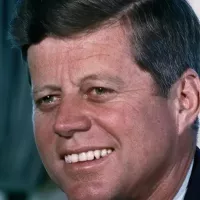
John F Kennedy JFK was the th U S President...
The United States of America is a federal republic located...
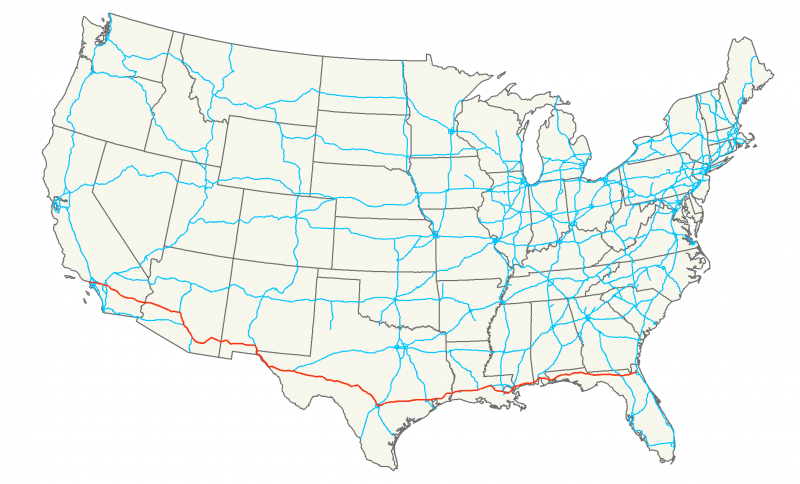
Interstate I- is the southernmost transcontinental highway in the United...
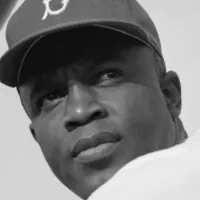
Jackie Robinson was an American professional baseball player who broke...
Japan is an East Asian island country situated in the...
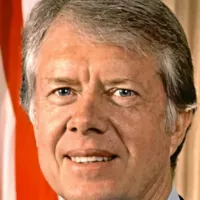
Jimmy Carter the th U S President - was a...
Trending

5 minutes ago Jimmy Butler shines as Warriors defeat Pelicans; Hield's performance in focus.

6 minutes ago Stephen Curry's Emotional Bond and Support for Draymond Green Amidst Challenges.
6 minutes ago TotalEnergies Partners to Provide Additional Equity for Mozambique LNG Project After UK, Dutch Pullout

6 minutes ago Tabitha Brown faces backlash, heightens security after Target boycott comments fallout.

6 minutes ago Aaron Wiggins seizes opportunity with OKC Thunder injuries, recovers from adductor issue.
7 minutes ago Barnes and Wallace shine: Named Defensive Players of the Month in NBA!
Popular
Aftyn Alyssa Behn is an American politician currently serving as...
Matt and Ross Duffer known as the Duffer Brothers are...

XXXTentacion born Jahseh Dwayne Ricardo Onfroy was a controversial yet...

Stranger Things created by the Duffer Brothers is a popular...

Lane Kiffin is an American football coach currently serving as...

William Franklin Graham III commonly known as Franklin Graham is...
